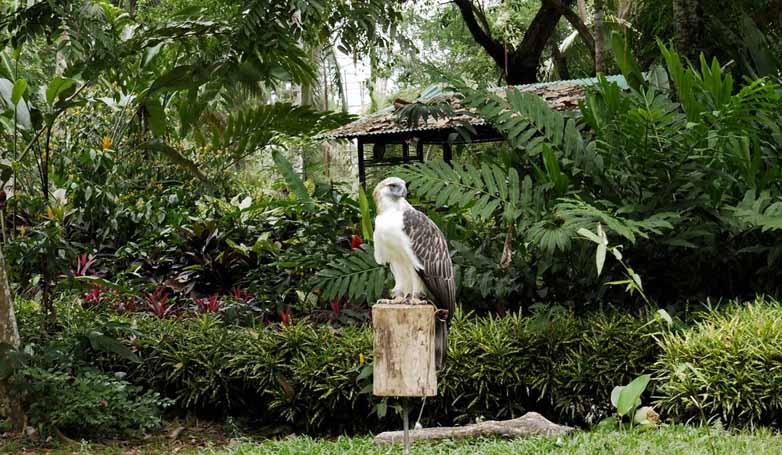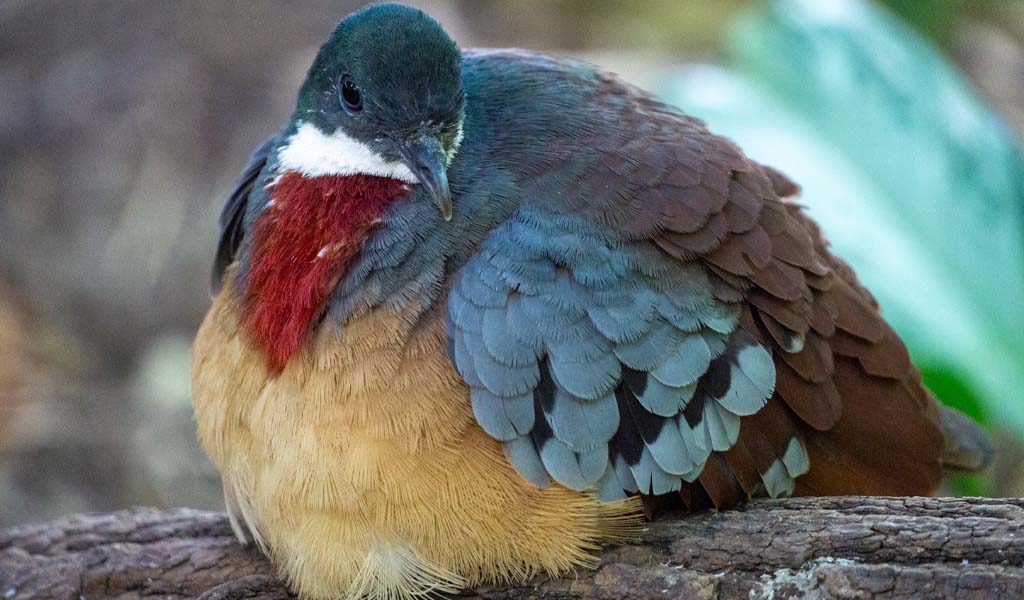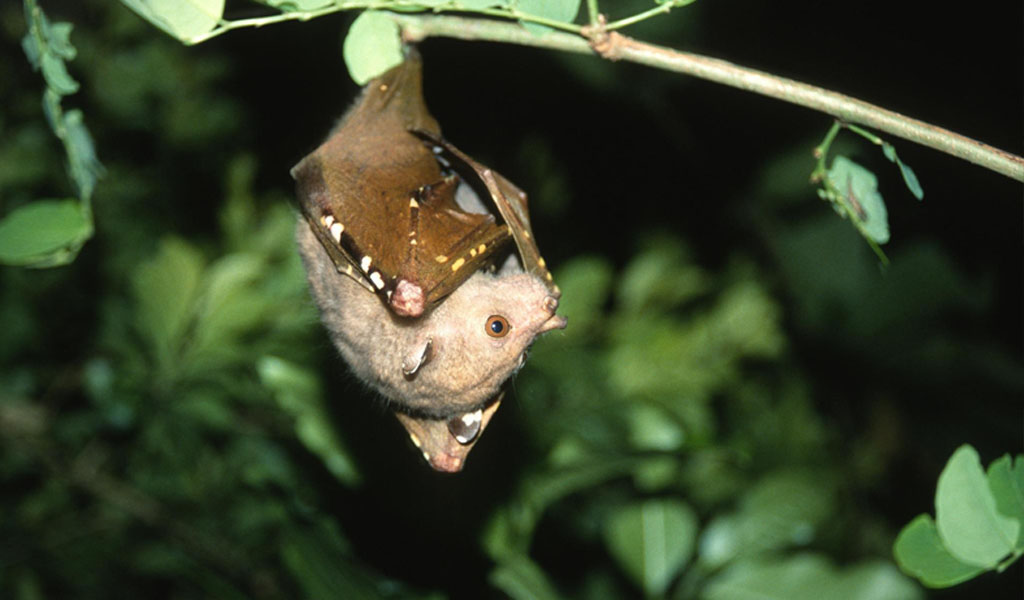Meeting the Majestic Philippine Eagle
Imagine gliding through the dense canopies of the Philippine rainforests, your eyes catching a glimpse of something majestic soaring high above. No, it’s not a plane, nor Superman, but the magnificent Philippine Eagle, the king of the Philippine skies. Known as the world’s largest eagle in terms of length and wing surface, this bird of prey carries the essence of the wild, magnificent and untamed. Let’s embark on a journey to discover where these aerial rulers live, their intriguing lifestyle, their sumptuous diet, and their unique breeding habits.
Where They Live

The Philippine Eagle, also known as the monkey-eating eagle, has a very specific and limited habitat range, residing predominantly in the forests of the Philippines. This majestic bird can be found across four major islands: Luzon, Samar, Leyte, and Mindanao, with the largest population residing in Mindanao. The habitats they prefer are primarily steep and lush rainforests, both in lowland and montane regions. These areas are characterized by high biodiversity, providing the Philippine Eagle with significant hunting grounds and nesting locations. Unfortunately, the continued deforestation and loss of these vital habitats pose significant threats to the eagle’s survival, making conservation efforts crucial.
What They Do

Philippine Eagles are apex predators in their ecosystem, playing a critical role in maintaining the health and balance of their habitat. They are diurnal, meaning they are active during the day, spending much of their time hunting and caring for their young. These eagles are known for their remarkable flying skills, utilizing the thermal updrafts to soar across vast distances in search of food.
They are also incredibly territorial, often seen patrolling their domains vigorously to fend off potential threats or intruders. Philippine Eagles are monogamous, forming long-term pair bonds that are vital for their breeding success. Communication between mates and their offspring is crucial, involving a complex array of vocal calls that serve to coordinate activities and strengthen their bonds.
What They Eat

The diet of the Philippine Eagle is diverse, consisting mainly of medium-sized mammals and occasionally reptiles and birds. One of their preferred prey is the Philippine flying lemur, but they also hunt monkeys, bats, snakes, monitor lizards, and even larger birds like hornbills. This wide diet helps them to adapt to the varying availability of prey in their habitat. The eagle employs a sit-and-wait hunting strategy, perching silently for hours in high trees to spot and swoop down on unsuspecting prey. The power and precision of their hunting technique underscore their status as formidable predators within their ecological niche.
Breeding

Breeding for the Philippine Eagle is a lengthy and intricate process, highlighting their deep commitment to their offspring. They engage in elaborate courtship rituals, which include mutual calling, aerial displays, and the sharing of food. Once a bond is formed, a pair constructs a large nest, usually high in a tree, to lay a single egg every two years. Both parents are involved in incubating the egg, which lasts for about 60 days. After hatching, the eaglet depends on its parents for up to 20 months, a significantly long dependency period compared to other birds of prey.
This extended rearing period is one reason why the Philippine Eagle has a low reproductive rate, underscoring the importance of each offspring’s survival for the population’s sustainability. Conservation efforts focus on protecting these breeding habitats and reducing human disturbances to ensure the survival of this critically endangered species.
Why Saving the Philippine Eagle Means Saving Forests
In the grand tapestry of the Philippine wilderness, the Philippine Eagle not only plays the role of the apex predator but also serves as the emblem of the forest’s health and diversity. Their presence signifies a well-balanced ecosystem. Protecting these magnificent birds means safeguarding vast stretches of forest lands necessary for their survival, which, in turn, preserves the biodiversity that these forests support.
The fight to save the Philippine Eagle is more than a conservation effort; it’s a call to action to protect our planet’s lungs and the myriad of lives they harbor. As we endeavor to protect these sky guardians, we embark on a journey to preserve the beauty and majesty of our natural world for future generations to marvel at and enjoy.
The Philippine Eagle, with its might and majesty, reminds us of the intricate connections within nature and our role in it. By ensuring their skies remain wide and forests deep, we keep the essence of the wild alive, ensuring that future generations can still look up and witness the majestic flight of the Philippine Eagle. Here are the additional wildlife sanctuaries in the Philippines you must visit.
FAQs About The Philippine Eagle
1. How big is the Philippine Eagle?
The Philippine Eagle is one of the largest eagles in the world. It typically ranges in length from 86 to 102 cm (about 2.82 to 3.35 feet) and has a wingspan of approximately 2 meters (about 6.6 feet). Females are generally slightly larger than males.
2. Where can the Philippine Eagle be found?
It is native to the Philippines and found primarily on four of its major islands: Luzon, Samar, Leyte, and Mindanao. The majority of the population resides in Mindanao.
3. What conservation efforts are in place for the Philippine Eagle?
Several conservation initiatives have been undertaken, including captive breeding programs, habitat restoration, and the creation of protected areas. Conservation organizations, both local and international, collaborate with the Philippine government to enforce laws and promote awareness to protect this majestic bird.
4. Can Philippine Eagles be kept in captivity?
While Philippine Eagles can be kept in captivity, such efforts are primarily for conservation and breeding purposes, typically conducted under strict regulations by specialized facilities. These programs aim to increase the population and potentially reintroduce eagles into the wild.






